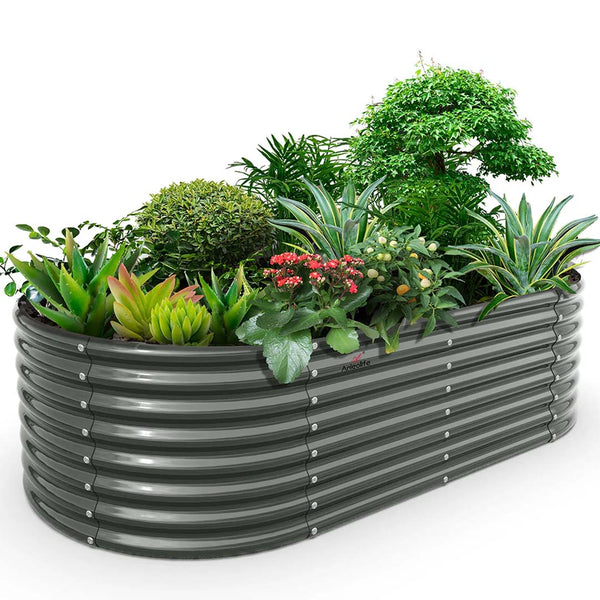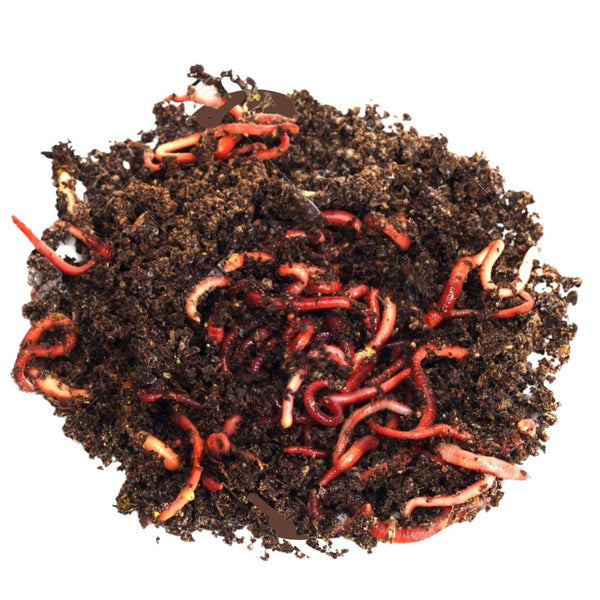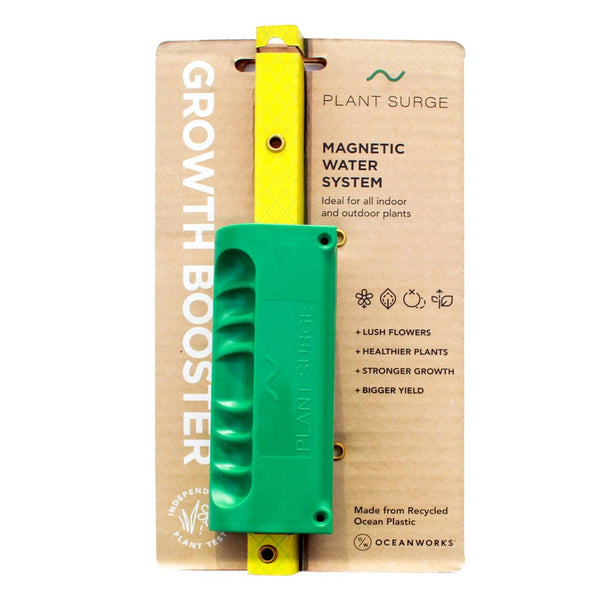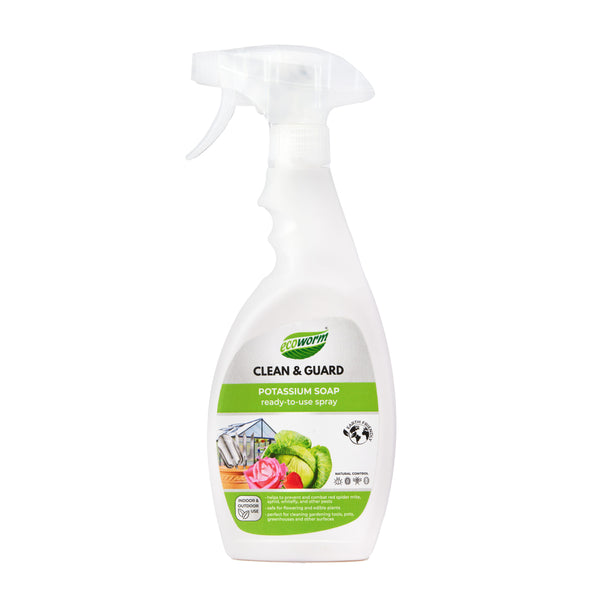The Drainage Miracle: Rice Hulls For Gardening That Make Overwatering Nearly Impossible

Rice Hulls in Gardening
Got a green thumb itching to grow? Let me introduce you to rice hulls, a little-known powerhouse for gardeners everywhere. These nifty outer layers of rice grains are finding their way into gardens big and small, and once they’re mixed into your soil, you’ll wonder how you ever lived without them.
Benefits of Rice Hulls
So, what’s the big deal with these husks, anyway? Let's dig in:
Say Hello to Happy Soil: Add rice hulls, and your soil perks up. They make sure everything’s breathing right and draining nicely—just like those big bags of perlite or vermiculite you always hear about. Your plants will thank you a thousand times over.
Earth-friendly Goodness: Using rice hulls is like giving Mother Nature a big hug. They break down naturally, helping with drainage and airflow — and they're perfect for city slickers or country folk alike who want their gardens to stay green in more ways than one.
Nutrient Boosters: These bad boys pack a punch in the compost. Imagine them as little sponges, soaking up moisture and nutrients, making sure your plants have everything they need to grow strong and healthy.
Uses in Different Garden Settings
From tiny pots to sprawling beds, rice hulls are your new garden buddy. Here’s how to use them:
Mixing Potting Soil Like a Pro: Dreaming of lush indoor plants? Rice hulls are your ticket. They lighten the load and keep the mix nice and airy. Perfect for your tomatoes or baby trees. Plus, they won’t break the bank.
Raising the Bar for Raised Beds: Got a raised bed or container garden? Chuck some rice hulls in there! With a neutral pH, they play nicely with any plant family. Whether you’re planting flowers or veggies, they’ll help roots grow happy and strong without washing away in the next rain.
General Soil Tune-Up: Anytime, anywhere—rice hulls want in. Whether you’ve got a tiny balcony garden or a backyard jungle, these guys revamp your soil game with better air and water flow. Particularly handy if you’re always fretting about drowning your plants.
Dive deeper into the wonders of rice hulls with our guides on using them in soil and finding where to get them in bulk. Discover more fun uses like rice hull mulch and organic husks to turbocharge your garden routine. Happy planting!
How to Incorporate Rice Hulls
Mixing Rice Hulls in Soil
Rice hulls – those little jackets around rice grains – are a planet-friendly way to jazz up your garden dirt. Every year, we churn out about 150 million tons of these little wonders thanks to rice processing, and they play nice with Mother Earth since they break down naturally. They've got a flair for keeping things fresh, helping with water, airflow, and drainage, all thanks to something fancy inside them called lignin.

Plus, rice hulls feed your plants without overdoing it. They’re slow to break down, making them the gift that keeps on giving, especially when it comes to making nitrogen available (Grow Organic). With these hulls, your plants can be tougher – stronger roots, better growth, you name it. And they won’t break the bank, so it’s a great way to rock your garden’s world while being friendly to the planet.
Want to get the most out of these hull heroes? Here’s a quick guide:
- How Much: You’ll want to whip up a mix of 20% rice hulls and 80% soil.
- Prep: Lay those hulls over the ground.
- Mix It Up: Get them down into the soil about 6 inches deep – this is where magic happens with air, water, and drainage.
| Material | Quantity (Proportion) |
|---|---|
| Rice Hulls | 20% |
| Soil | 80% |
Thirsty for more? Check our guide for adding rice hulls to soil for more insights.
Proper Application Techniques
So you’ve got your rice hulls, now what? Slap them on right, and your garden will tip its hat to you:
- Sprinkle Top: Cover your garden beds and borders with hulls about 2 inches. This simple move makes a big difference (Homes and Gardens).
- Mix and Mingle: Work them into the upper 6 inches for soil that breathes better and gives roots space to stretch.
- Time It Right: Spring’s the time to do this swap, setting the stage for a full bloom ahead.
Quick-look tables can show you the ropes:
| Step | Action |
|---|---|
| 1 | Spread rice hulls on soil surface (2 inches thick) |
| 2 | Mix into soil (top 6 inches) |
| 3 | Apply in spring for best results |
Need a bit more on the benefits of rice hulls? We’ve got solid reads on rice hull soil and rice hull mulch – check 'em out!






















